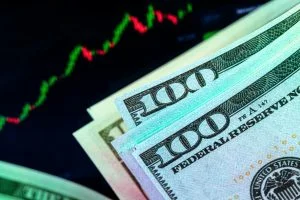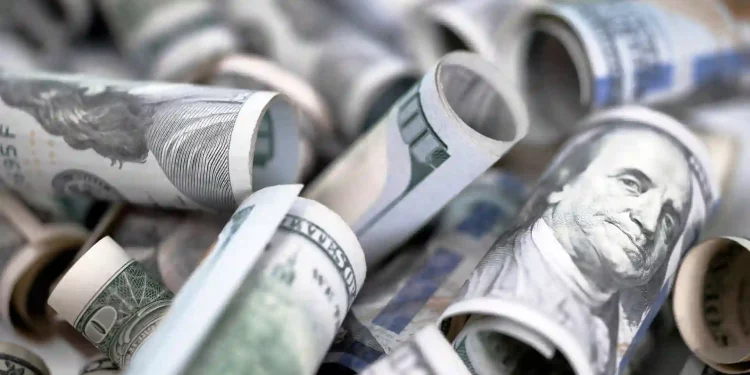The dollar witnessed a halt in its strong and sudden gains succeeding the investor convergence to the safe currency over the rise in Covid cases in China
The dollar witnessed a halt in its strong and sudden gains succeeding the investor convergence to the safe currency over the rise in Covid cases in China. However, the ‘cautious risk sentiment’ have kept the greenback in demand, reports Reuters. The currencies of Australia and New Zealand have been affected by the new stretch of risk aversion in the markets.
The antipodean currencies are used as liquid proxies for the Chinese yuan and the sudden changes have caused the Aussie AUD=D3 to sink around 1% and has gained 0.125 to $0.6614. On Monday, the Aussie AUD=D3 edged 0.2% to linger around $0.6657, which marks the declining session for the fourth consecutive time and moving away from the recent two-month high of $0.6798.
The kiwi NZD=D3 fell more than AUD, dipping 0.8%, and was last 0.15% higher reaching $0.6109. China is currently witnessing a surge in daily Covid cases more strict measures are being implemented in hubs like Shanghai and Beijing. More than 28,000 new infections were reported in the country. Deaths were also reported in China due to the virus for the first time since May.

China’s reopening is witnessing a massive impediment and is proving to be an uncertain time for markets. The chances of spreading the virus could invite much stricter restrictions and new lockdowns could restrict the growth. The tighter curbs could affect the growth and consumption rates. The constraints would invite a weaker demand for risk assets and a slower growth prospect.
In Asia trade on Tuesday, the offshore yuan CNH=D3 traded 0.1% higher at 7.1665 per dollar, after falling more than 0.7% overnight. The currency strategist at Australian National Bank, Rodrigo Catril states that the safety appeal of the US dollar is returning as the China Covid cases increase, keeping the markets worried. Along with other currencies, the Japanese Yen plunged more than 1% to the weaker side of 142 per dollar and the last traded value stands at 142.01.
“The curiosity is how Japan has also shown a great deal of sensitivity … if anything, the takeaway there is that Japan’s safe-haven appeal is no longer there,” says Rodrigo Catril. He further adds that the situation is more like a “cork in the ocean” which is subjected to risk avoidance along with having movements in 10-year treasury yields.
The standard 10-year Treasury yield US10YT=RR earned out a marginal gain and last stood at 3.825%. U.S. Treasury yields across most maturities reached higher overnight because the investors continued to re-price expectations to see how high the Federal Reserve will increase rates as it attempts to bring inflation down from the 40-year high.
The U.S. dollar index =USD was last 0.06% lower at 107.71. It rose close to 0.8% overnight and became the largest daily gain since November 3. The euro EUR=EBS increased reaching 0.09% at $1.0250, holding some of its 0.8% overnight loss, while the sterling GBP=D3 grew 0.24% to $1.1843, after falling more than 0.5% overnight.
Speeches delivered by Fed speakers overnight delivered few surprises, with Loretta Mester, Cleveland Fed President announcing that the central bank can downshift to smaller interest rate hike increases from next month, reports Reuters. The real-world impact of interest rate hikes is likely greater than what its short-term rate target implies says San Francisco Fed President Mary Daly.

















